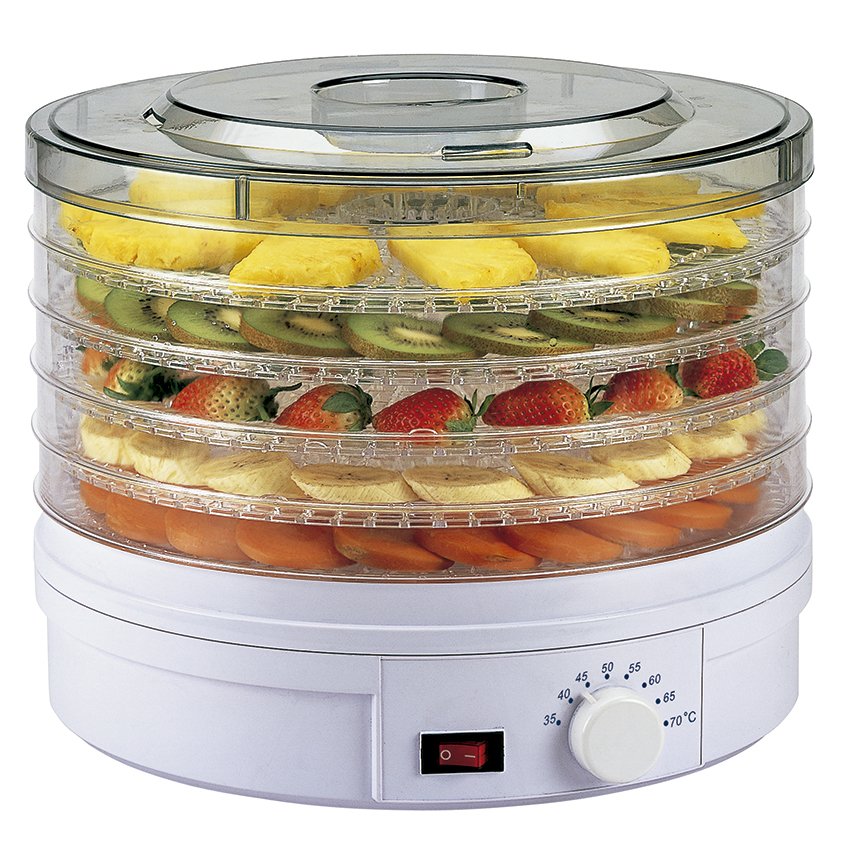
Dehydrator Recipes
Reach for a bowl of flavorful vegetable chips or roasted pumpkin seeds. When the snack urge hits, bite into your custom blended granola bars, naturally sweet fruit slices and roll ups. All without artificial chemicals and preservatives.
FRUITS
Dried fruit is superb! Try it plain, as fruit leather, or in ice cream, cobblers and pies. It’s hard to imagine a better tasting, more nutritious snack than dried fruit. Dried fruit is naturally sweet, has no preservatives, and is inexpensive. The dehydrators offered at Harvest Essentials make drying fruit easy.Pre-treatment
Most fruits just need halving, coring or pitting, and slicing. Some fruits, such as apples, pears, peaches apricots and bananas tend to darken somewhat with drying, or storage beyond six to seven months.VEGETABLESTo prevent this, fruit pieces may be dipped in solutions of lemon juice, pineapple juice, orange juice, sodium bisulfite, or ascorbic acid prior to dehydration. Dip the fruit in the solution for two minutes. Drain on paper towels and place in drying trays.
Dried vegetables are every bit as versatile as fruits. With them, you can make delicious soups, stews, souffles, casseroles, and much more. Wash vegetables in cold water before processing. A certain amount of coring, slicing, peeling or shredding is required. Pretreatment procedures for vegetables vary from none at all to steam or water blanching.Heat Treatment
Most vegetables will need to be steamed or blanched before drying. This inactivates the enzyme which caused ripening and would continue to bring about changes in flavor and odor. Although untreated vegetables used within three to four months will have acceptable flavor, heat treated vegetables reconstitute much more quickly, making it desirable to treat even those to be used on next week’s camping trip.
No hay comentarios.:
Publicar un comentario